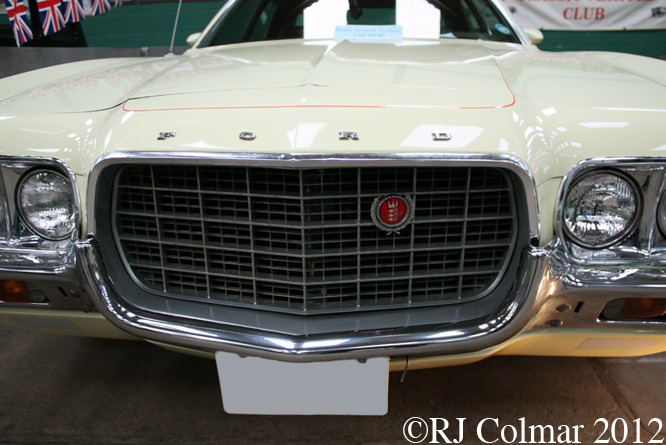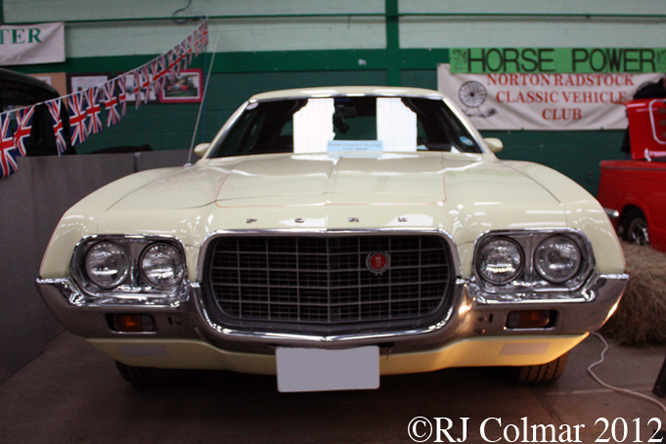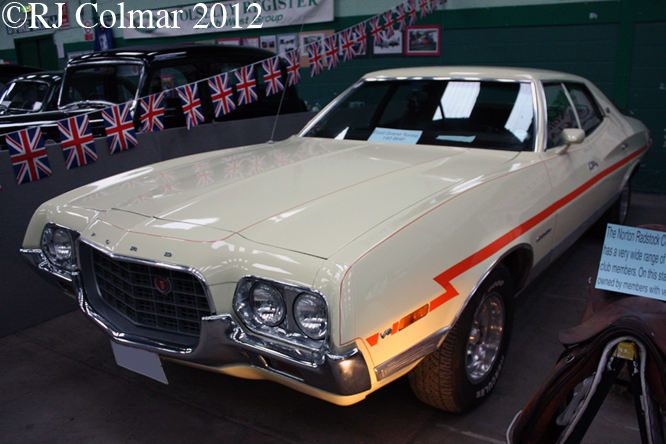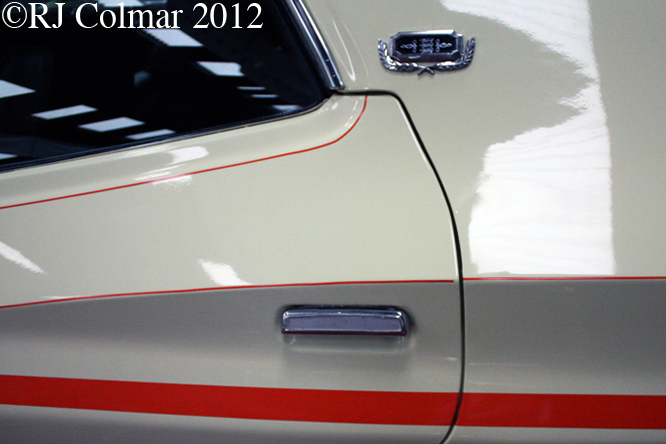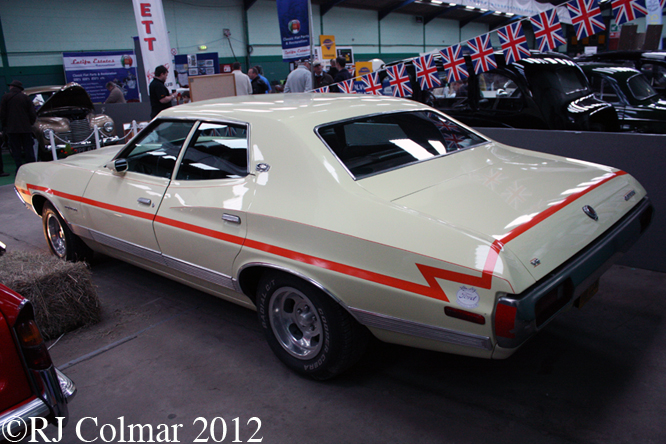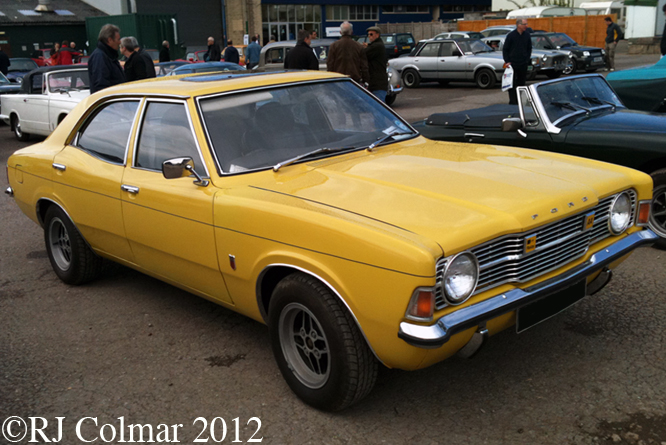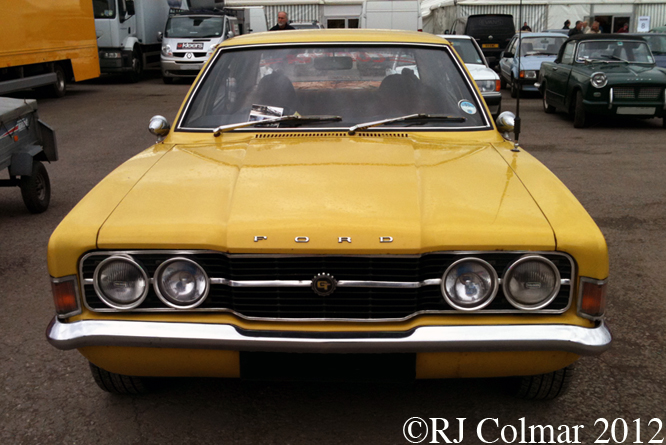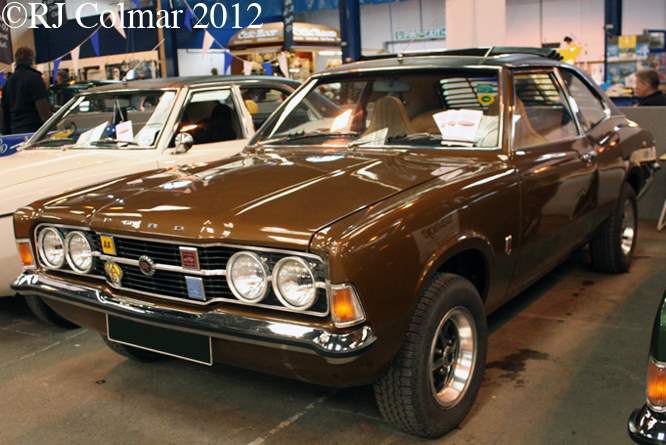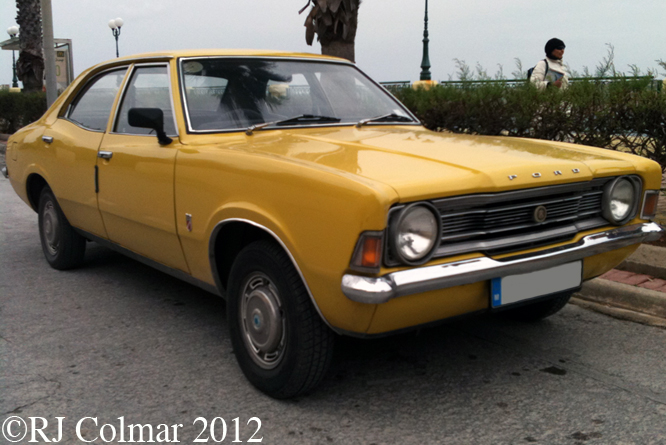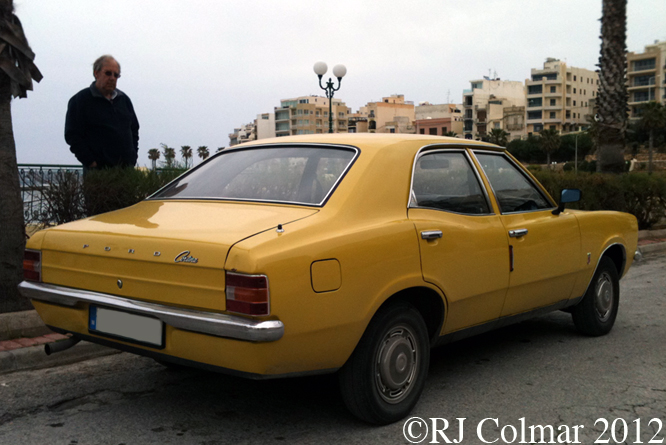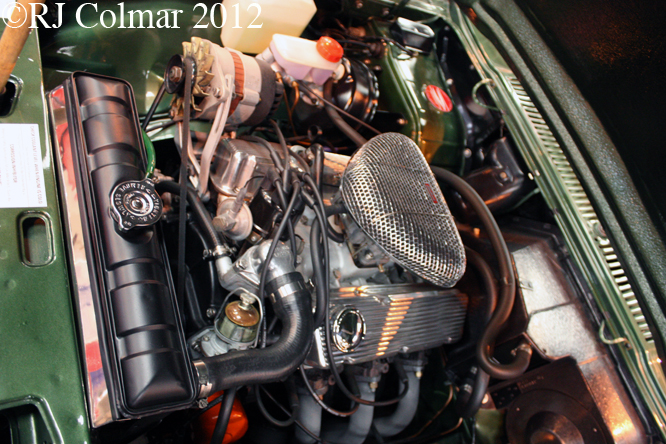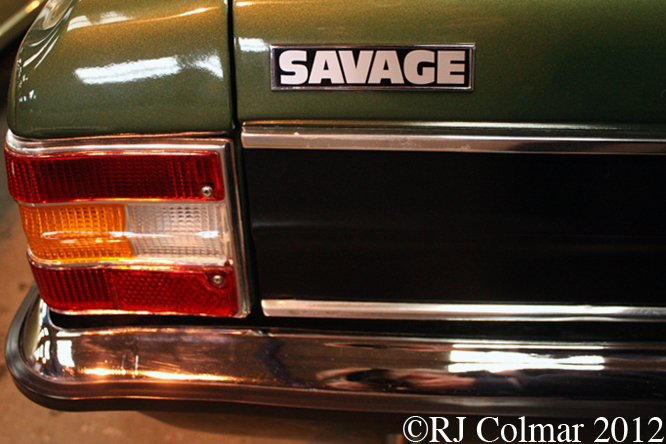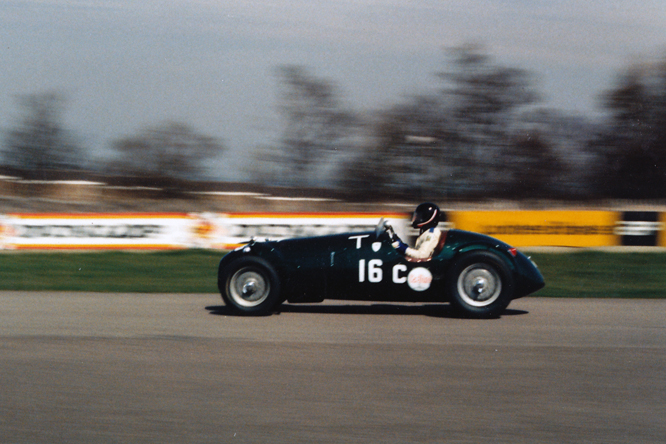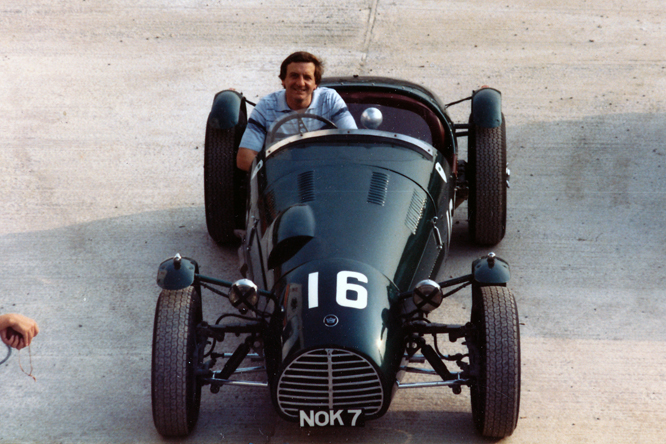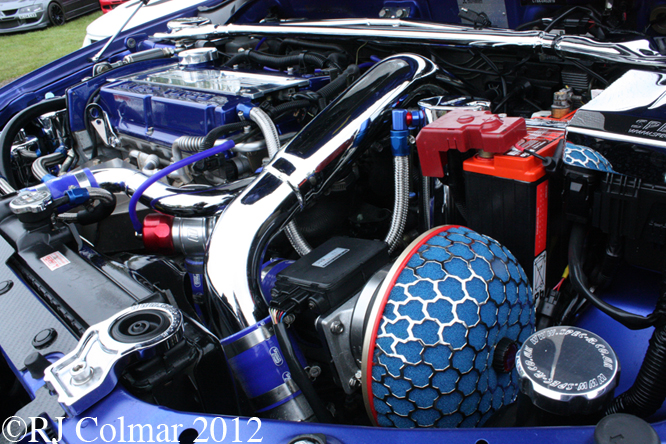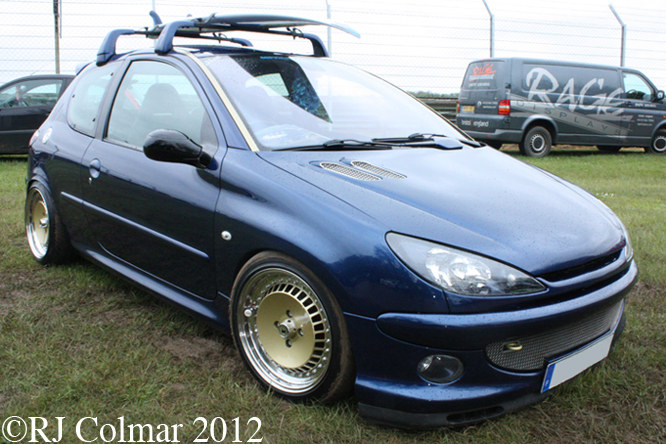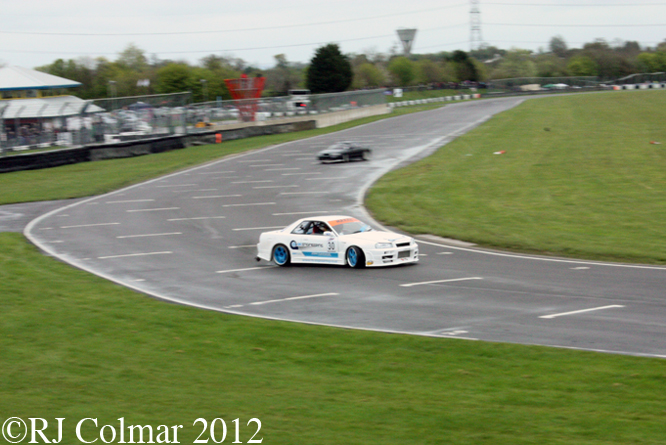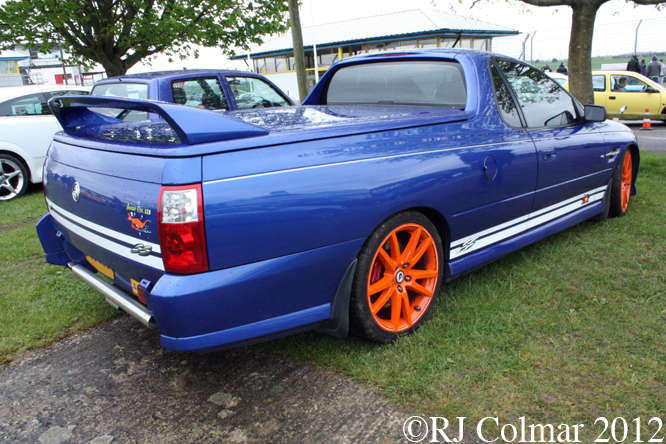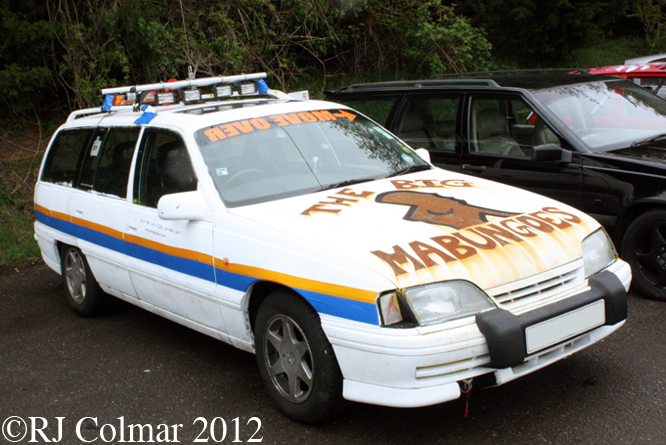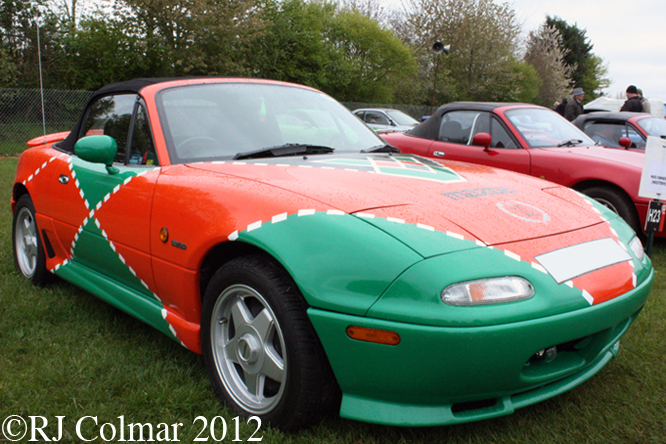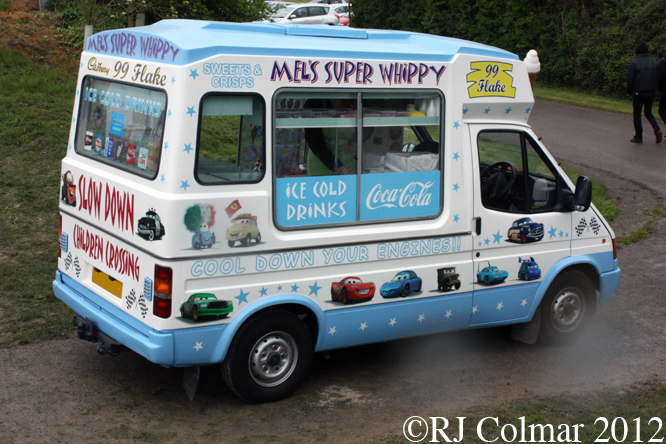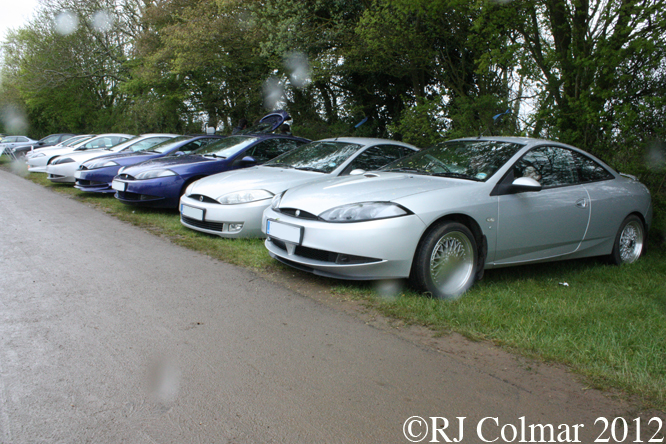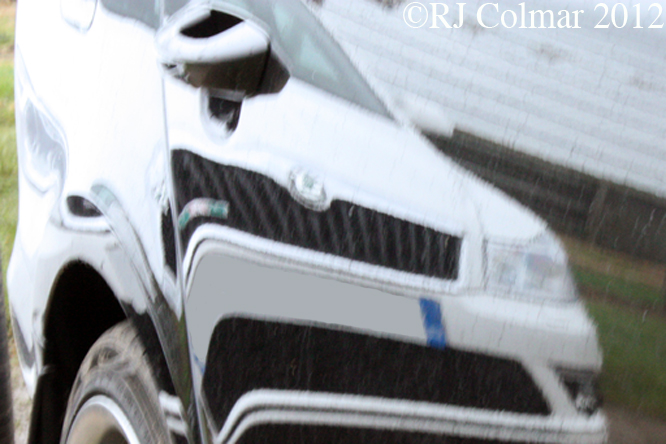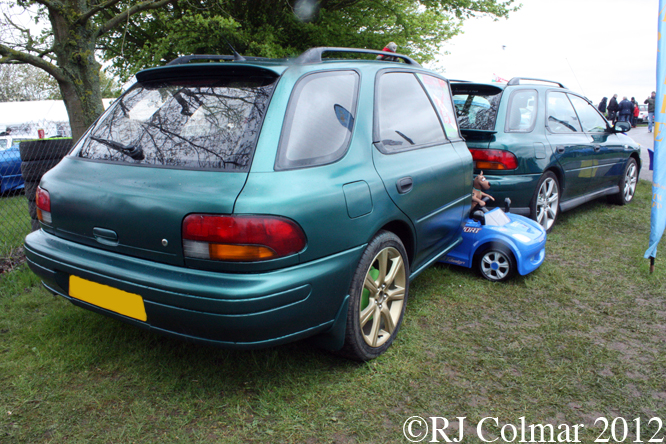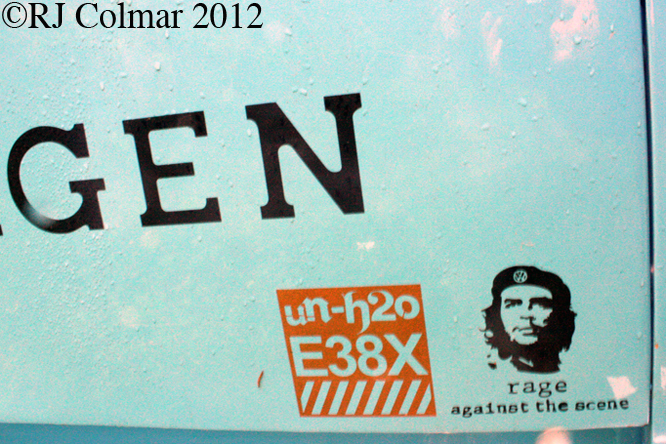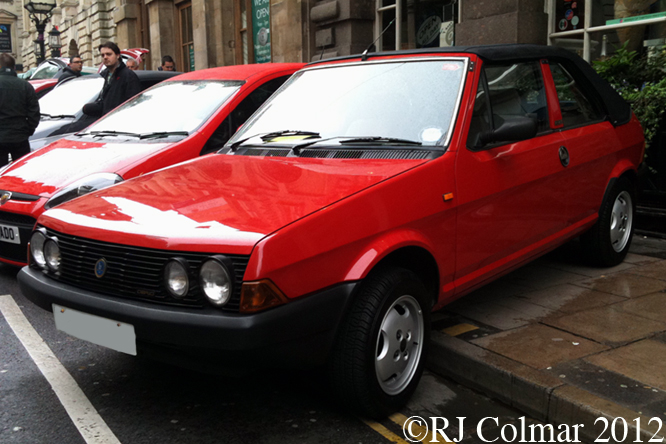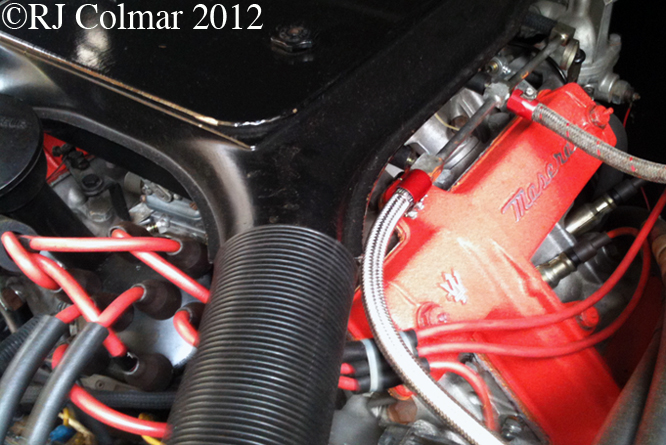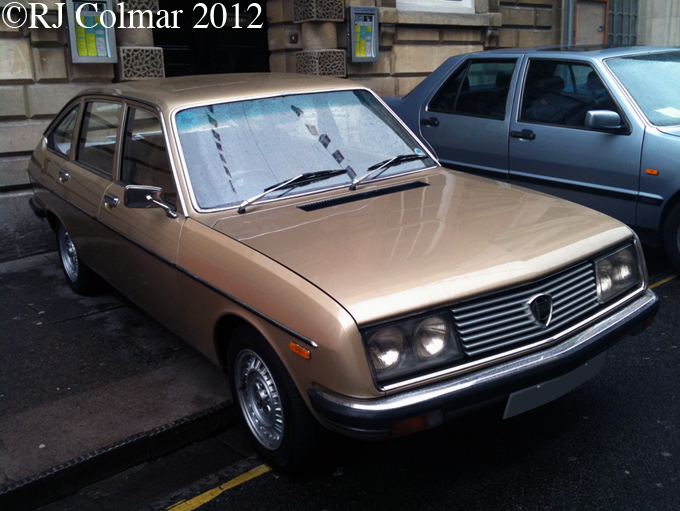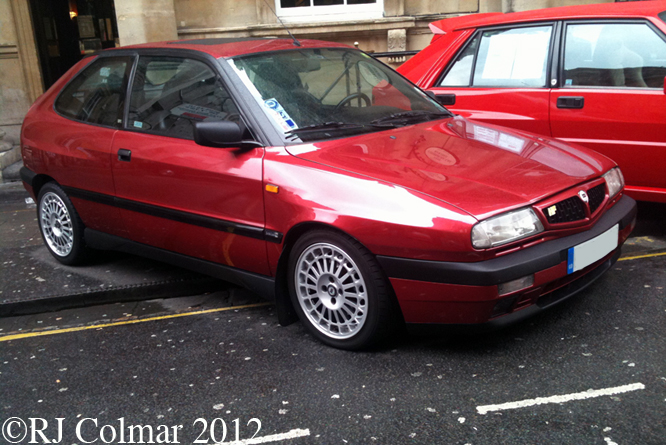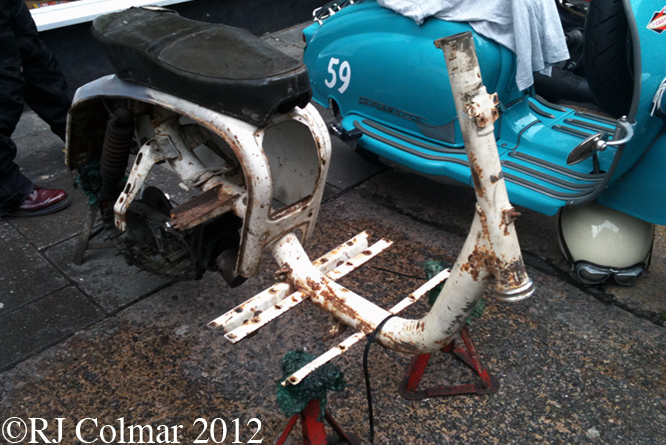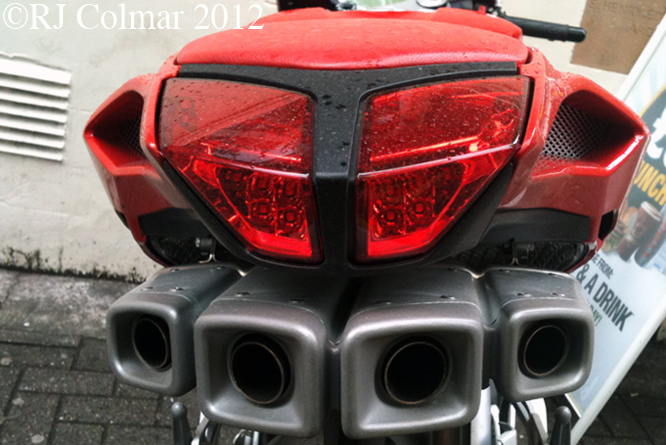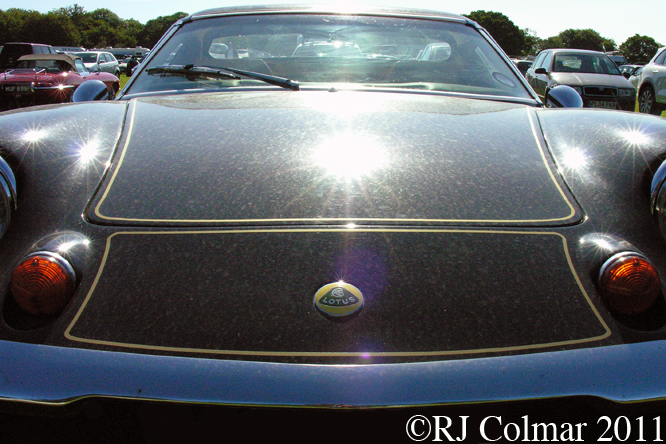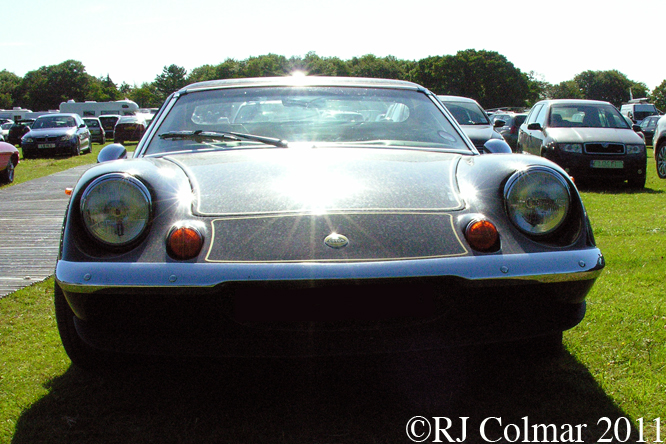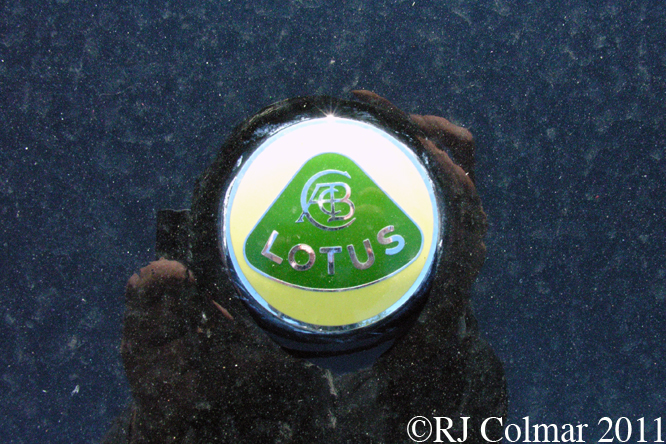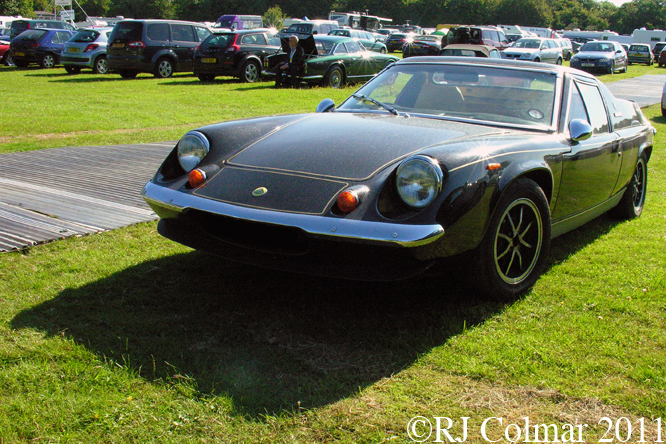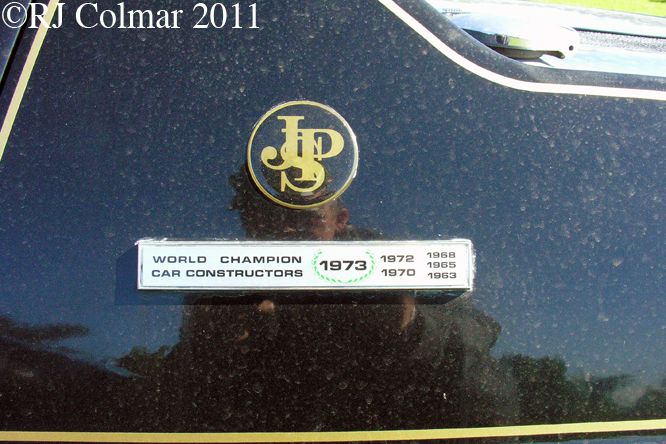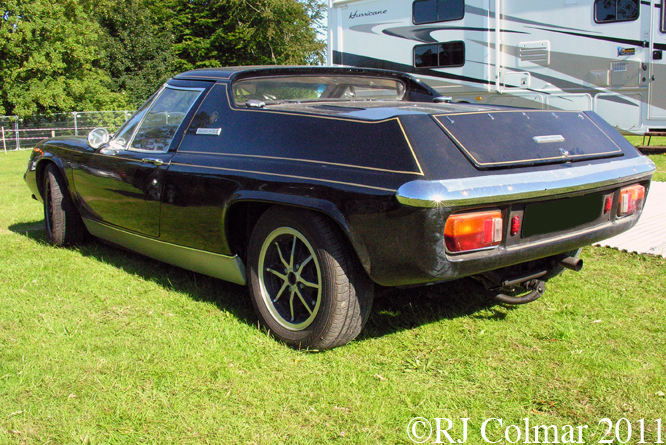A little departure from the usual Ferrari Friday blog to day but I as you will see not completely un Ferrari related. The last time I visited the former home of the 96th Bombardment Group (H) 8th USAAF was to test my 27hp 2 CV on the Snetterton Circuit in preparation for a 24 hour event in Ireland.
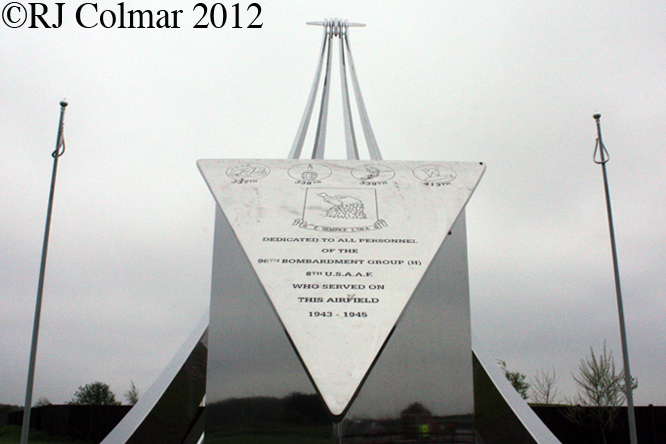
On Tuesday evening I saw a twitter post from the @RealRonHoward to go and visit the set of his current project called ‘Rush’ which is all about the relationship between off track friends and on track rivals James Hunt and Niki Lauda which culminated in the tumultuous 1976 season which I have retold from Ferrari and McLaren perspectives in past blogs.
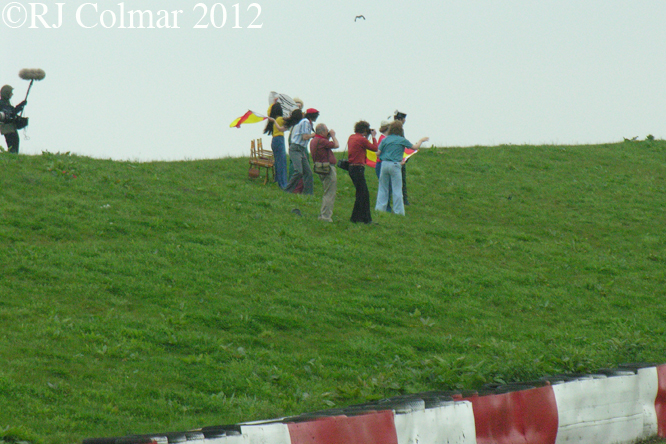
Setting off at 2am I arrived at Snetterton just after 7am to find not very much happening, I even got inadvertently got ushered into the pit area where the crew were grabbing breakfast and sorting themselves out for a tough days shooting. I then made my way to the Bombhole, a corner with a nasty dip marking the apex where I found preparations underway for several scene’s which were to represent the controversial ‘wide vehicle’ 1976 Spanish Grand Prix.

After watching the driver representing John Watson getting in and out of his car numerous times as he retired with a blown motor several cars came round together representing James Hunt in the #11 ‘wide vehicle’ McLaren M23, Jaques Laffite in the #26 Ligier JS5 and Niki Lauda in the #1 Ferrari 312 T2 on the right John Watson’s double can be seen having exited the smokey #28 Penske PC3 for the millionth time that morning.
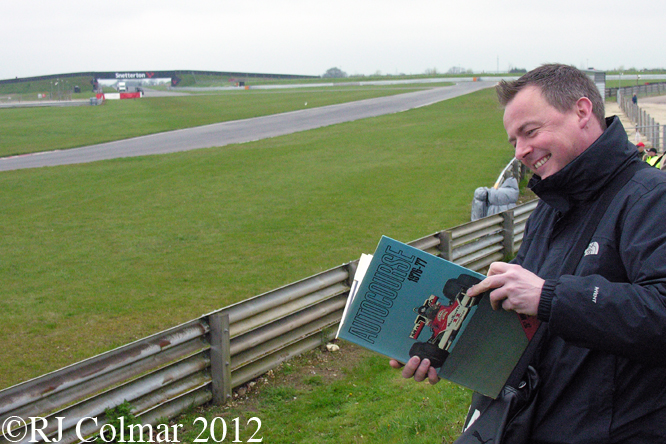
Among my fellow extra’s I met Jess who thoughtfully brought his copy of the 1976 – 77 Autocourse Annual to make sure Ron was keeping his legendary reputation for details correct.
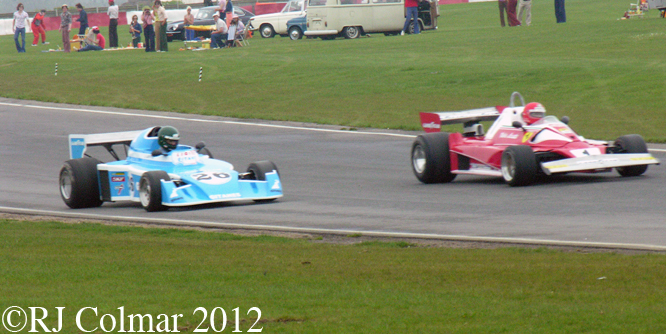
I was not exactly sure which, from a choice of two, style AGV helmet wore for 1976 Spanish GP,
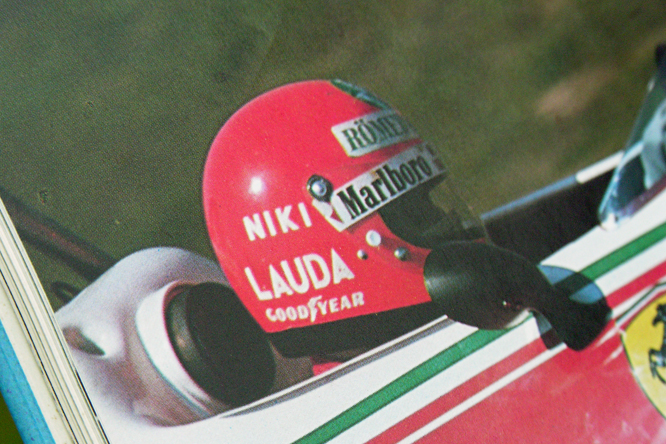
Looking at Autocourse it was immediately clear Ron was on the button with that particular detail.

Somewhere around mid day Ron came over to thank the by now 50 enthusiasts who had managed to come along and soon after we were invited over to the other side of the circuit to watch what was going on in the pits for the next batch of takes representing the 1976 German Grand Prix the one race of the 1976 season where I was present !

Above a shoot is prepared with Guy Edwards #25 Hesketh 308 on rain tyres with Laffites Ligier on slicks as unseen in the pit lane Niki Lauda is about to come out on slicks prior to his near fatal crash on the drying Nurburgring that would take a hefty points advantage out of Lauda’s 1976 season but still left him in with a fighting chance at the 1976 seasons finale.
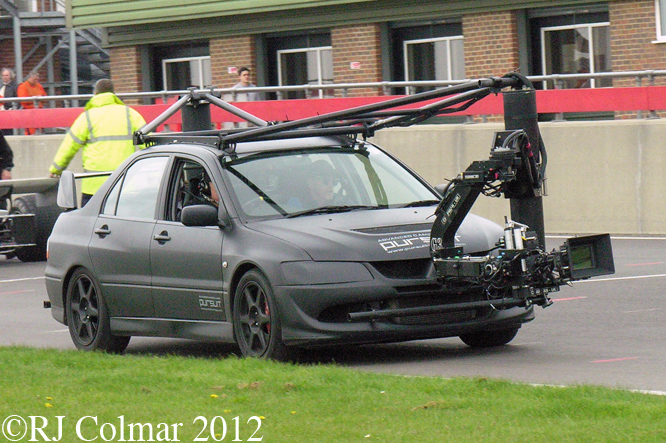
Ron can be seen above in the passenger seat of the Mitsubishi Evo Camera Car that was probably the best sounding car at Snetterton on Wednesday.
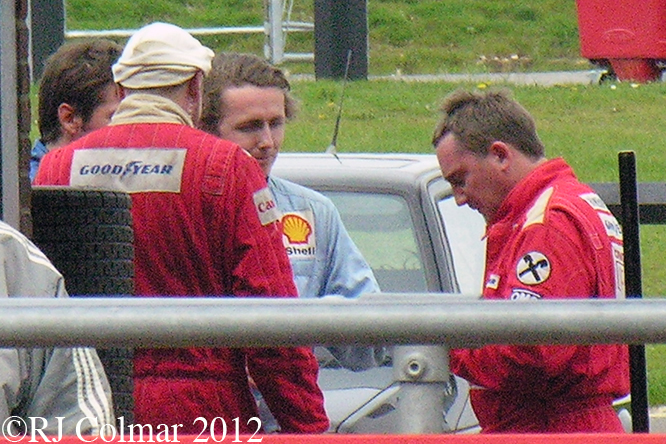
Left to right the Hunt, Laffite and Lauda stand in drivers have a quick break between shoots.

As one wag amongst the enthusiasts noted the Renault Traffic took the wrong option tyres before getting chased down by Niki Lauda in the 1975 Ferrari 312 T, not sure why this car and it’s sister with Clay Regazzoni at the wheel were bereft of any sign writing or sponsors logo’s, perhaps a test session was being reenacted. The cars we saw on Wednesday were all £50,000 50 foot specials designed to look right at a distance at a fraction of the cost of insuring let alone hiring the real cars of the period, many of which still exist and indeed are still raced. Some of the real cars are and have been used for close ups and to get the sound track right.
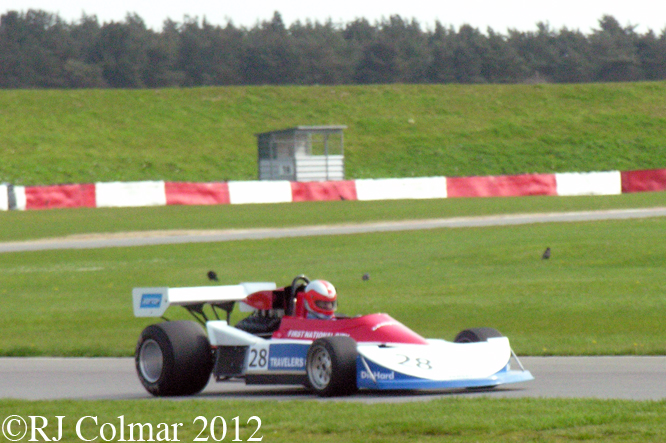
I was curious as to why the Penske PC3 was selected and not the much sharper and race winning Penske PC4, turns out that John Watson drove the PC 3 for the nearly the entire first half of the 1976 season, another detail the legendary Ron Howard got right for the Spanish Grand Prix sequences.
I understand that Rob Austin was responsible for building the Ferrari 312 T and T2 vehicles, WGK Motorsport the McLaren M23 and Hesketh 308D vehicles and Mirage Motorsport the Ligier JS5 and Penske PC3 vehicles which I believe are powered by Rover V8 motors and were built in just 3 months.
After watching seven hours of watching the set action I reluctantly headed for home, with a renewed appreciation for all the work that goes into making a film on my favorite subject.
Thanks for joining me on this Happy Days edition of “Gettin’ a li’l psycho on tyres, I hope you will join me again tomorrow for a look at a Lotus Europa Special. Don’t forget to come back now !

